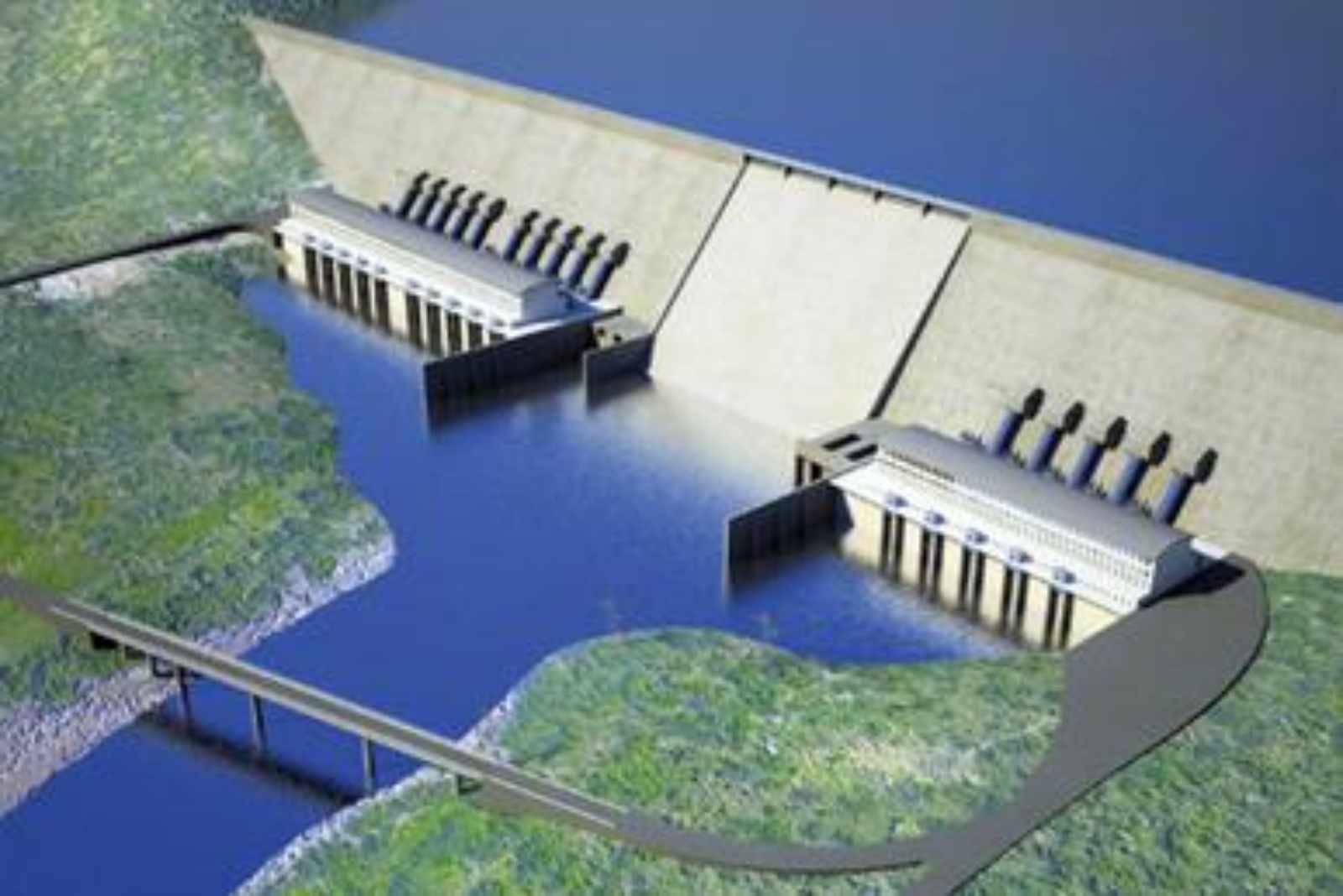Grand Ethiopian Renaissance Dam completion update: Ethiopia is all set to launch the fourth filling of its mega-dam reservoir on the Blue Nile. The announcement was made by Deputy Prime Minister of Ethiopia Demeke Mekonnen recently. Since Ethiopia broke ground on the $4.2 billion Grand Ethiopian Renaissance Dam in 2011, it has been at the focus of a regional dispute.
Is the Grand Ethiopian Renaissance Dam operational?
According to reports, the third filling was completed to a height of 600 metres (2,000 feet) on August 12, 2022. In November 2022, the actual level of the water (measured by Sentinel images) is around 605 metres.
Why is it known as Renaissance Dam?
The dam received the name the Grand Ethiopian Renaissance Dam (abbreviated as GERD) because it was created to bring about the economic and cultural revitalisation of Ethiopia, which is referred to in Genesis 2:13 as the Land of the River Ghion (or Nile).
Controversy
Since construction began on the $4 billion (€3.6 billion) megaproject in 2011, the Grand Ethiopian Renaissance Dam has been surrounded by controversy.
Moreover, Egypt and Sudan have expressed concern that the dam could reduce water flow in the Nile River, leading to an increase in water scarcity — a significant issue in a region that suffers from severe droughts and the negative effects of climate change.
Now, 12 years later, the Office of National Coordination of Ethiopia has announced that the hydroelectric power facility is 90 percent complete.
The dam will have a significant impact on Ethiopia. The government anticipates that it will generate up to 6,500 megawatts of electricity, effectively tripling the nation’s annual electricity output. This will provide reliable electricity to the 60% of the population that is not yet connected to the grid.
Sudan, which receives two-thirds of its water supply from the Nile and frequently experiences massive flooding during the rainy season, opposed the project from the beginning. Now, however, it appears to have altered its position in the hopes that the dam will help to control the annual inundation.
It should be noted that 97 percent of Egypt’s 106 million population lives along the Nile and relies on it as their main source of drinking water. The river has always been regarded Egypt’s lifeline, so the country’s criticism of the project also reflects a deep-seated emotional component.
River Nile
The Grand Ethiopian Renaissance Dam, abbreviated as GERD, was formerly known as the Millennium Dam. It is currently being built in the Benishangul-Gumuz region of Ethiopia, on the Blue Nile River. Ethiopian Electric Power Corporation (EEPCO) owns the initiative.
Ethiopian highland rivers, including the Blue Nile (Abay), supply more than 85 percent of the water that flows into the Nile River. The White Nile provides the rest of the Nile’s water. It flows all the way from Central Africa’s Great Lakes Region.
Interesting Facts About the Nile River
Nile River is considered as lifeline to Egypt.
It is home to one of the oldest ancient civilisations.
Nile River is also a major source of transportation.
How the Hoover dam generate hydropower.
Ethiopia and the other upstream states have long resented Egypt and Sudan for preventing them from using their fair share of Nile water.




